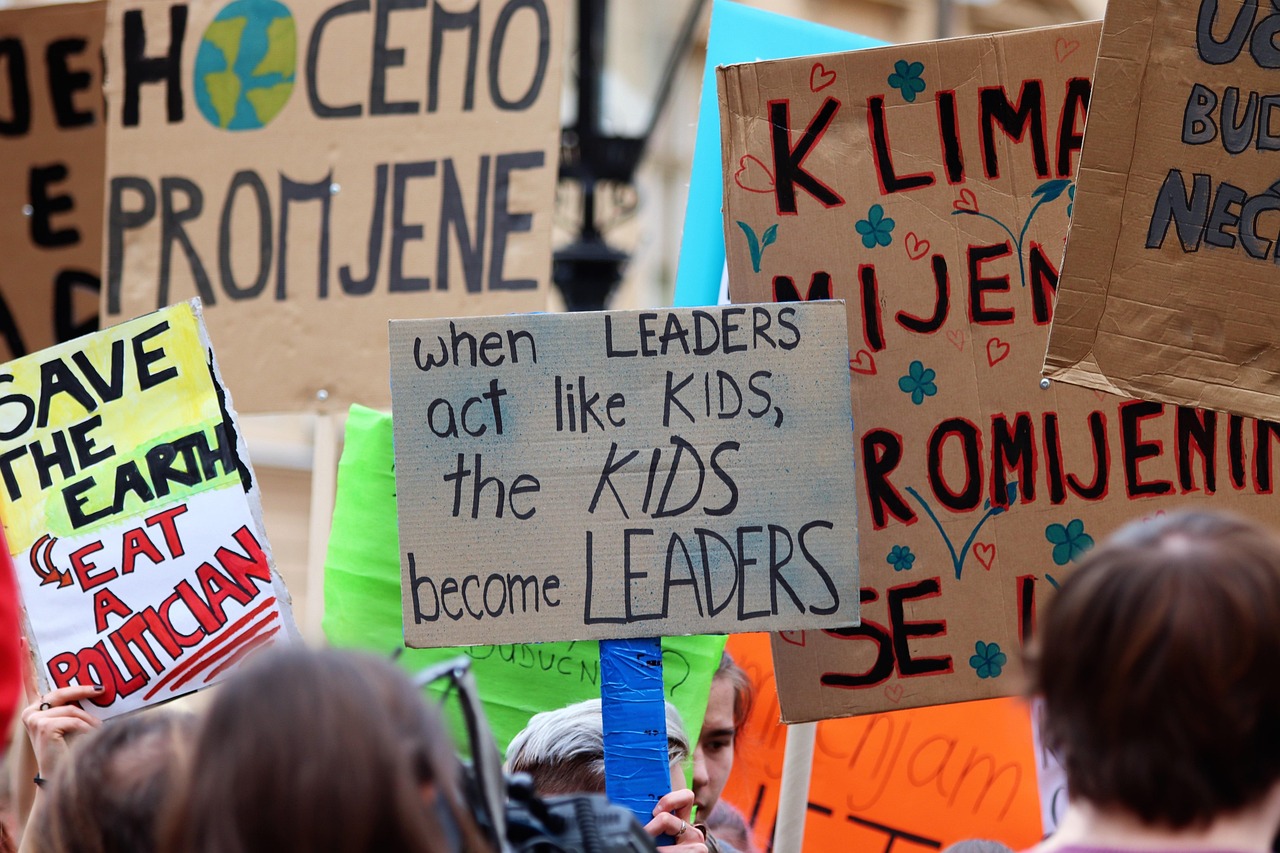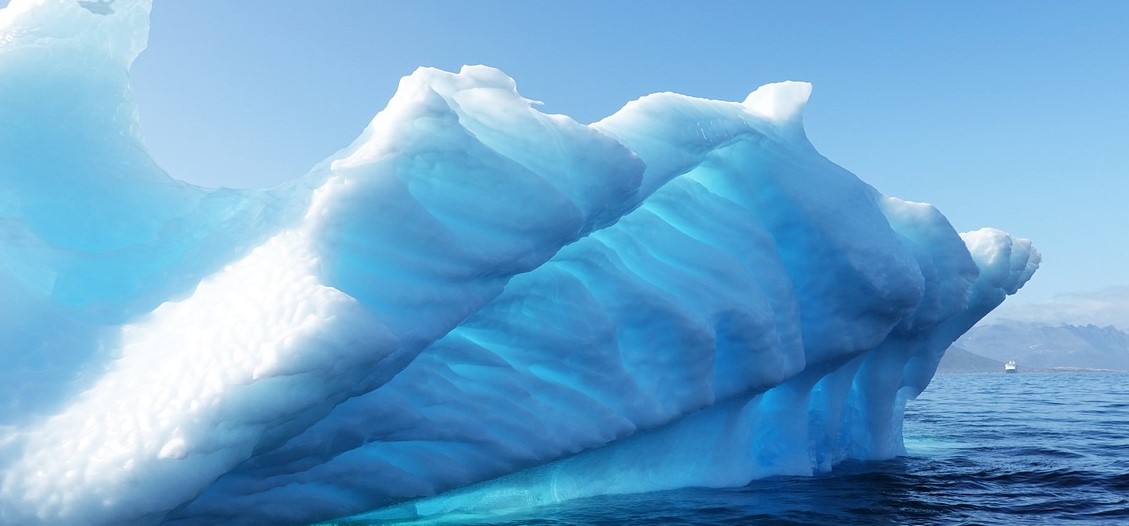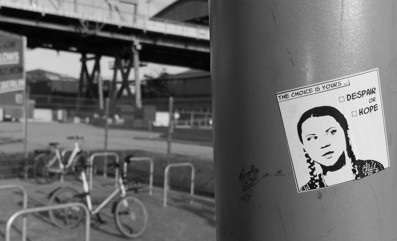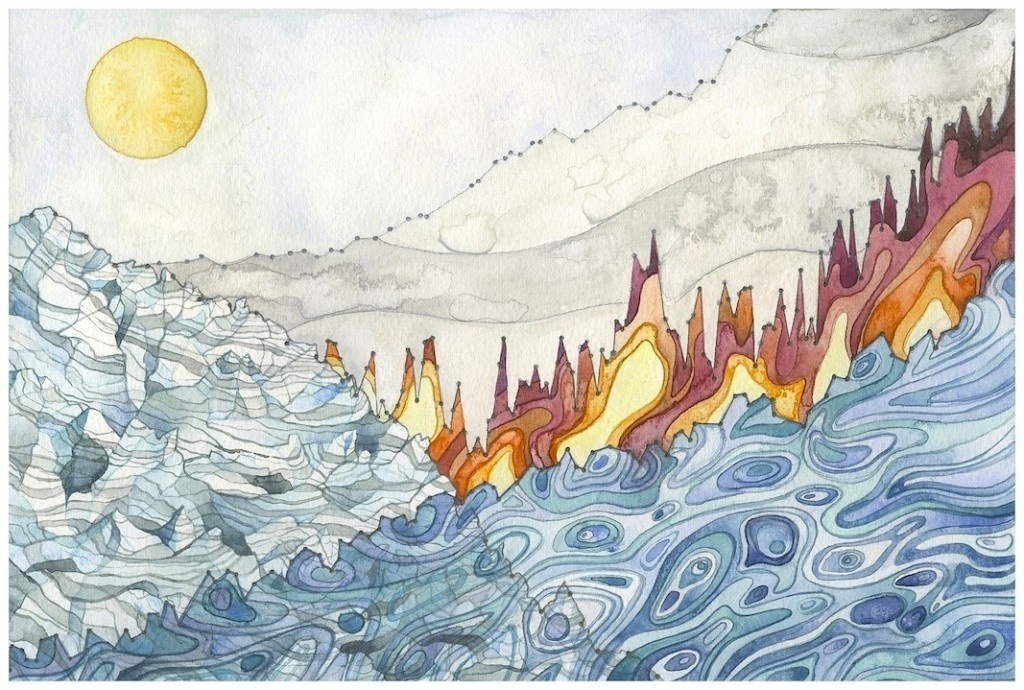
The Youth-Led Climate Movements Shaking Up The World

4 Easy Ways to Make Fighting Climate Change a Part of Your Holiday Traditions

During a Pandemic, Young Climate Activists Rally for a Future

New York City Welcomes Teen Climate Activist Greta Thunberg

We Now Have 18 Months to Combat the Worst of the Climate Crisis

Learning to Live in Apocalyptic Times: How Climate Despair Can Save (or Destroy) the World

